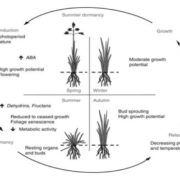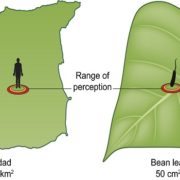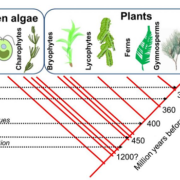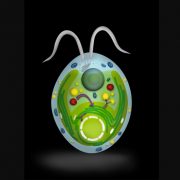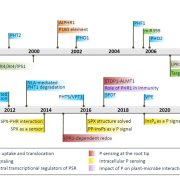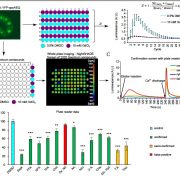MicroRNAs from the parasitic plant Cuscuta campestris target host messenger RNAs
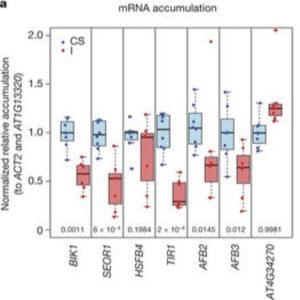 Nature. Cuscuta sp. commonly known as dodder, is an obligate parasitic plant that colonizes a broad range of host plants and obtain water and nutrients by specialized feeding structure called haustorium. Literature suggests that this specialized structure is involved in bidirectional movement of viruses, proteins and mRNA between the host and parasite. Yet, the functional relevance of these movements is unknown. Shahid et al. in their recent work have performed a high-throughput small RNA-seq from varied tissues across different stages of parasitism with Cuscuta campestris grown on Arabidopsis thaliana. The authors identify small RNA producing loci from both the organisms. A. thaliana mRNAs are targeted by 22 nucleotide Cuscuta microRNAs thereby reducing the mRNA accumulation upon cleavage. The same miRNAs are expressed from Cuscuta when infected on Nicotiana benthamiana. Hence this study suggests that miRNA from Cuscuta campestris act as virulence factors during parasitism on different hosts. (Summary by Amey Redkar) Nature. 10.1038/nature25027
Nature. Cuscuta sp. commonly known as dodder, is an obligate parasitic plant that colonizes a broad range of host plants and obtain water and nutrients by specialized feeding structure called haustorium. Literature suggests that this specialized structure is involved in bidirectional movement of viruses, proteins and mRNA between the host and parasite. Yet, the functional relevance of these movements is unknown. Shahid et al. in their recent work have performed a high-throughput small RNA-seq from varied tissues across different stages of parasitism with Cuscuta campestris grown on Arabidopsis thaliana. The authors identify small RNA producing loci from both the organisms. A. thaliana mRNAs are targeted by 22 nucleotide Cuscuta microRNAs thereby reducing the mRNA accumulation upon cleavage. The same miRNAs are expressed from Cuscuta when infected on Nicotiana benthamiana. Hence this study suggests that miRNA from Cuscuta campestris act as virulence factors during parasitism on different hosts. (Summary by Amey Redkar) Nature. 10.1038/nature25027


